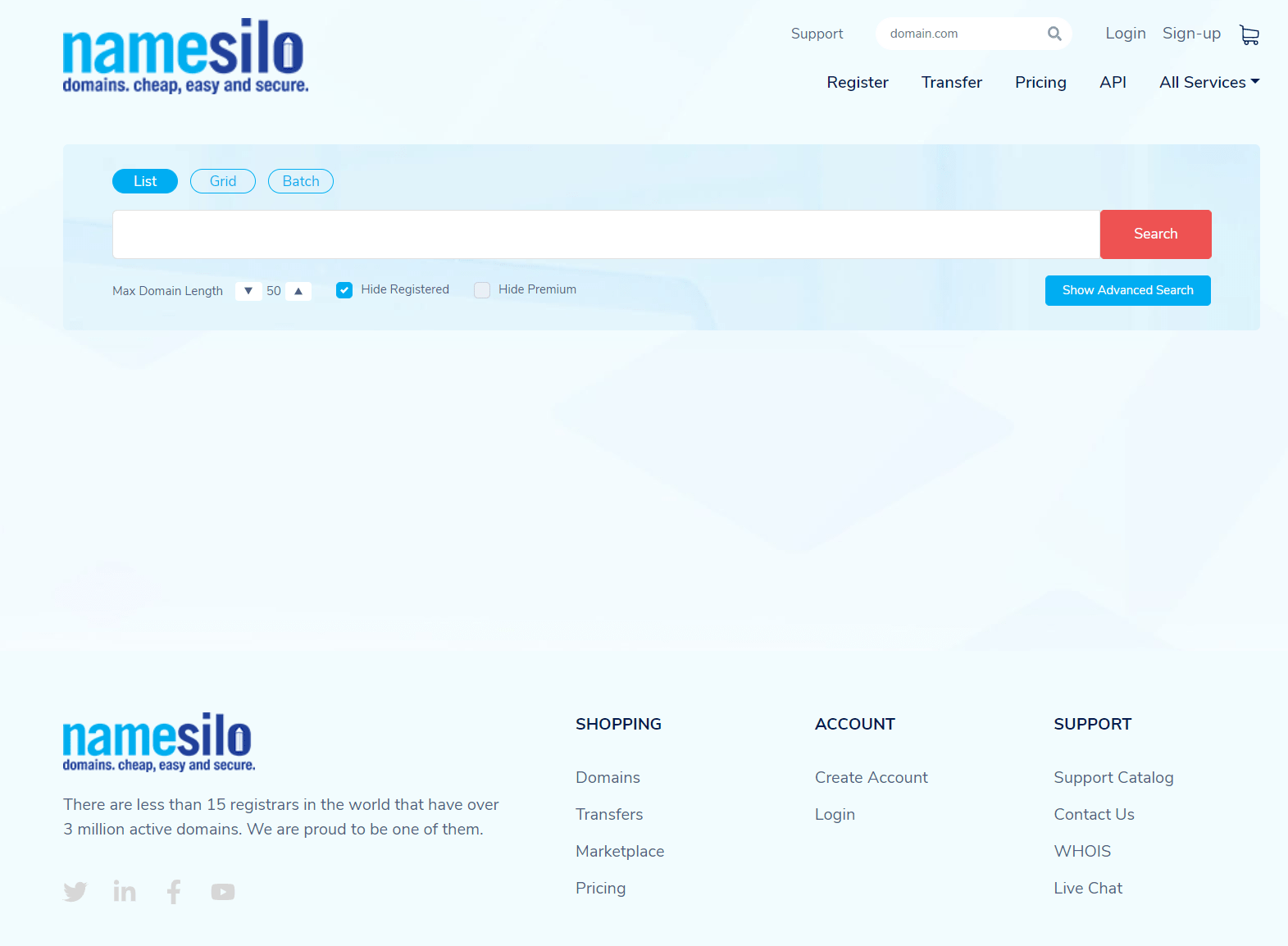The days when people only shopped at brick-and-mortar stores are long gone. Nowadays, most shopping happens online, so then it is no wonder that the eCommerce industry surpassed $517.36 billion in the US alone this year. If you’re Building an Ecommerce Website? Don’t Miss These Tips.
Additionally, this growth wave’s end is nowhere in sight. The industry, the number of sales, and ultimately the revenue pulled in the ‘online market’ is growing continuously. And, if you want a nice piece of this eCommerce cake, you need to set up your website to start selling.
Of course, you first need to know exactly what you want to offer to the world. Once you have that sorted out, you should invest your efforts into crafting a responsive and beautiful website for your business.
That, however, is easier said than done. But with proven tips, you won’t have such a hard time building an eCommerce website.
So, take a look below and see what steps you need to take if you want to build a great website for your eCommerce business.
Table of Contents
Get the Domain Name Right
It’s safe to assume that you have already thought of your business name, right? However, an equally important thing is to sit down, do some digging, and consider your domain name.
The domain name is your online address. Without it, you can’t exist on the internet. Domain names aren’t just ‘online addresses’ and they don’t only serve the purpose of technical shortcuts.
A good, memorable domain name oftentimes makes a world of difference between a successful website and one that gets lost in this digital world. But, that is only the beginning.

When you are running an eCommerce business, a good domain name can add great credibility to your company. It can make your company look professional, unlike the ones that have their websites published through ISPs or free website services.
Therefore, you need to carefully consider your hosting provider and your domain name. You have two options; you can explore cheap domain names from a company like NameSilo, which aren’t owned by anyone or premium ones, which are usually owned by a person or registry and are a lot more expensive.
Fortunately, in this case, cheap doesn’t mean bad. Oftentimes, you can find a catchy and engaging domain name for a relatively low price.
The Design is Important
Web design is rarely an easy feat. And the process of web design in eCommerce is nowhere near simple. This is mainly due to the fact that you most likely have dozens of rivals no matter the industry you’re in. Rest assured that they have already put in a lot of effort into the design of their websites.
The gist of web design is to aim at creating both responsive and beautiful websites. You shouldn’t ignore the importance of aesthetics, but you also can’t have a successful business with a broken website.
You also need to make the most out of your product descriptions. Provide accurate information about what you are selling and accompany that info with high-quality photos. Of course, make sure to fill out image alt text too since the text in these pictures is crawled by Google’s crawlers.
Try to keep everything simple. As you start to grow, you will be able to invest money into web design and things will become easier. You will then learn all about branding and how you can stand apart from your rivals.
Don’t Underestimate the Power of Content Marketing

If you want to get more visitors, you have to invest your effort and your time into content marketing. Content marketing is quite effective and that is a fact.
It is important that everything you post has value. Your target audience will come back only if you prove that you always have something good in store for them.
For a start, you can begin with blogging regularly. This is the most convenient method to carry out an effective eCommerce content marketing campaign. And also, it works.
All you need to do is produce relevant content that adds value and resolves problems for your audience. After all, your products are designed to address the pain points of your buyers. So, why don’t you try to do the same with your articles and posts?
This will allow you to build a sense of relationship with your audience, which will be quite fruitful in the long run.
Additionally, you should try guest blogging. This will allow you to generate backlinks and they will help you boost traffic and thus increase your website’s ranking.
Once you amass a lot of posts, you should come back to your older articles that have done really great. Take those articles, repackage them, and share them on different channels. You need to refresh old content and make it shine once again.
Let’s say that you made an infographic a few weeks ago and now you’re shooting a video. Why don’t you try to figure out if that infographic can become a part of your video?
Or maybe you can write a whole article based on that infographic? These are just some good ways to refresh old content.
Keep an Eye On Your Rivals
If you are not so familiar with the current web design trends, marketing trends, and other aspects that you should cover to make your website stand out, why not take a peek and see how your rivals are doing these things?
Don’t think that it is bad or unethical to visit your rivals’ websites, social media pages, and accounts to see what their web presence looks like.
This strategy is as old as dirt in the world of business. If you see a successful business, try to figure out why they are so successful and what they are doing. You may want to copy, but you might even learn what helped them achieve success and how you can take that to your advantage.
So, pay attention to your most successful rivals and check out their website. See what they have done about structuring, positioning products, as well as prices and descriptions.
Also, check out their blog posts, see if your topics are similar to theirs. Try to figure out how many people they are reaching and which of their posts generate a lot of traffic.
If this seems too difficult, find a competitors app. This kind of app will allow you to monitor various segments of your rivals’ businesses. In turn, you can take that to your advantage and try to do things better than them.
Social Sharing and the Issue of Loyalty

You most likely know that social sharing buttons allow your customers to share what they have bought on various social media networks such as Facebook, Instagram, Twitter, and Pinterest.
These buttons are implemented on the website and the majority of vendors rely on them for free promotion. This feature should also be included on individual product pages to attract attention to various items.
On top of that, these buttons make it easy for shoppers to share various products among them without having to copy and paste the address.
However, what good will this do aside from the promotion for your website? Well, for a start, you can first allow customers to share but then redirect them to a form. This form can either be the one where they can sign up for special offers, newsletters, and so on.
This, in turn, can help you with customer loyalty if you know how to take advantage of email marketing the right way.
To be precise, you can use these buttons to acquire the right information about your customers (email address, for example) and then estimate whether the customers who often buy products that are fit for your loyalty program.
Additionally, you can gather data and see what products are the most popular and why they are getting traction on social media. On the other hand, the products that no one is talking about should be considered for removal.
We hope this article Building an Ecommerce Website? Don’t Miss These Tips have been helpful, and be sure to leave your comments in the comments section below.
Useful Links & Great Deals



